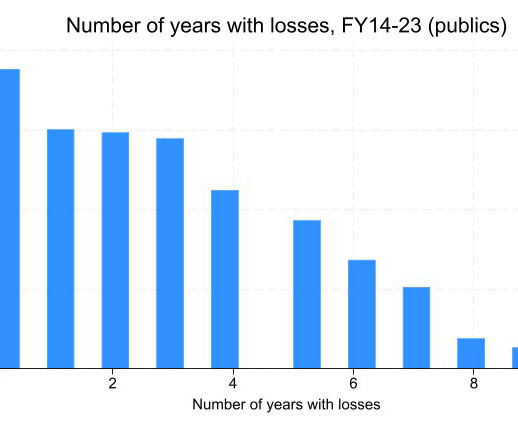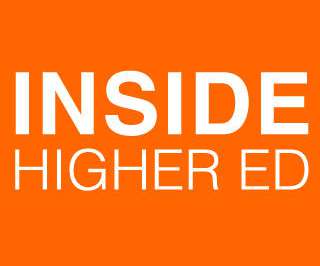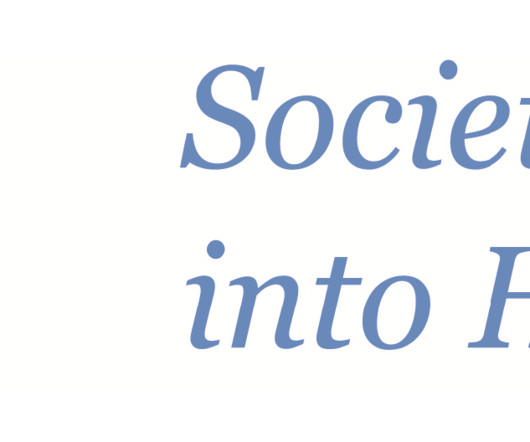Which Colleges Always Lose Money?
Robert Kelchen
JANUARY 7, 2025
Now that a new year of data on institutional finances (through Fiscal Year 2023) came out through the Integrated Postsecondary Education Data System , I am revisiting this and also including public universities. Federal covid relief funds are now gone, however, and state budgets look wobbly.













Let's personalize your content